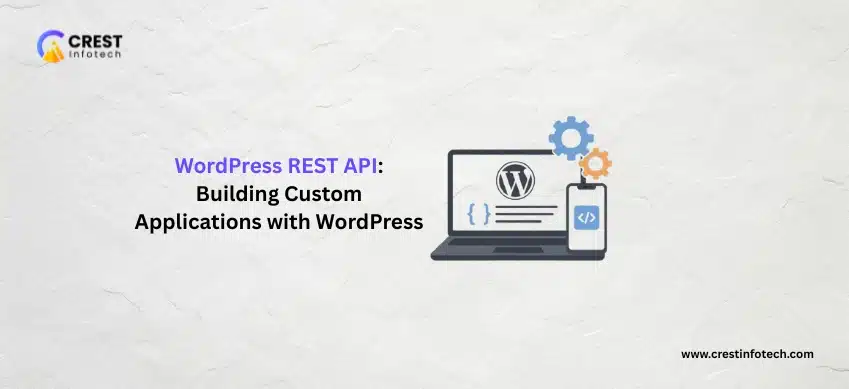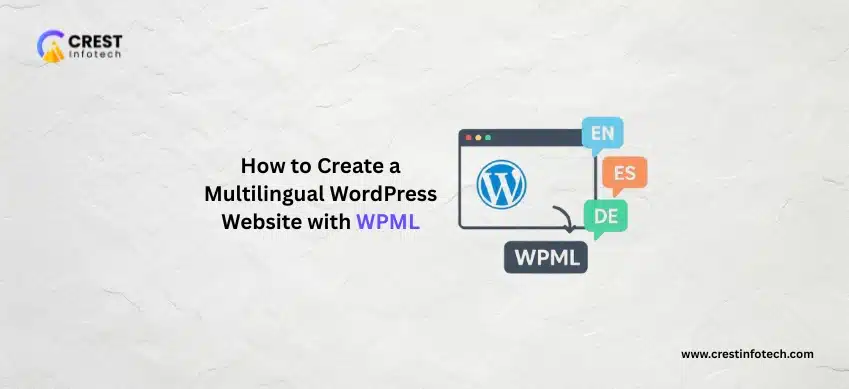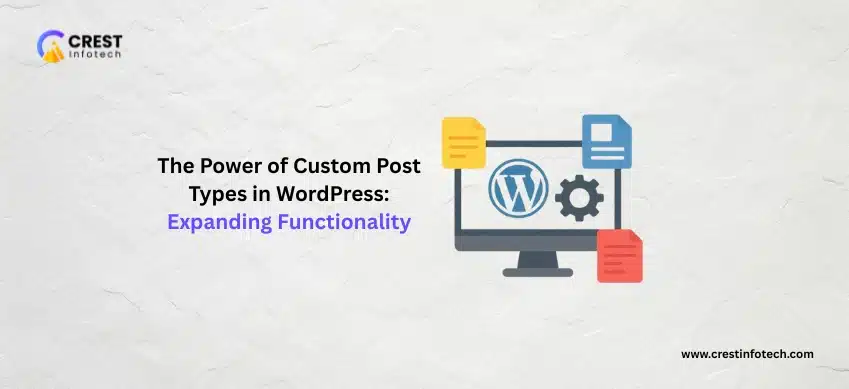Unleashing WordPress: Building Custom Applications with the REST API 🚀
For years, WordPress was synonymous with blogs and simple websites. Today, thanks to the WordPress REST API, it’s a powerful application framework capable of powering anything from mobile apps to headless e-commerce platforms.
The REST API (Representational State Transfer Application Programming Interface) transforms your WordPress site into a data layer. It provides a set of structured, predictable URLs (endpoints) that allow external applications to interact with your site’s content, users, and settings using standard HTTP requests. This simple change opens the door to a universe of custom development.
🔑 The Power of Decoupling: Why the REST API Matters
Before the REST API became a core feature, external applications had to use complex workarounds to access WordPress data. Now, the process is streamlined and standardized.
- Headless WordPress: Separate your frontend (display) from your backend (content management). You can use modern frameworks like React, Vue, or Angular for a blazing-fast user experience while keeping the familiar WordPress admin.
- Mobile App Development: Use WordPress as the content management system (CMS) for your iOS or Android app. Content creators update once in WordPress, and it instantly updates the website and the app.
- Third-Party Integrations: Easily connect your WordPress data with external services like CRM (Customer Relationship Management) systems, marketing automation tools, or custom business software.
- Custom User Experiences: Build custom dashboards or specialized user portals that only show users the information they need, completely bypassing the default WordPress admin interface.
🛠️ The Core Components of the API
The WordPress REST API is built around standard RESTful principles and uses the JSON (JavaScript Object Notation) format for data exchange.
1. Endpoints and Routes
An Endpoint is a URL that refers to a specific resource (like a post or a user). The core endpoints are located under the /wp-json/ prefix, followed by the namespace and the route.
The primary namespace is /wp/v2/. Here are a few examples:
GET /wp-json/wp/v2/posts: Retrieve a list of all posts.POST /wp-json/wp/v2/posts: Create a new post.GET /wp-json/wp/v2/users/{id}: Retrieve a specific user’s details.
The API uses standard HTTP methods (CRUD) to perform actions:
2. Authentication
For public content (like blog posts), no authentication is needed. However, to create, update, or delete content, you must authenticate. The most common and secure methods for custom applications are:
- Application Passwords: A modern, secure way to grant specific permissions to a non-interactive system without sharing your user password. This is generally the recommended method for server-to-server or private application communication.
- OAuth 2.0: Ideal for third-party applications or when a user needs to grant your application permission to act on their behalf (e.g., a “Log in with WordPress” feature).
⚙️ Extending the API: Customizing WordPress
The real power of the API lies in its extensibility. You aren’t limited to just posts and pages.
Custom Post Types and Taxonomies
To manage custom data—like products, events, or real estate listings—you use Custom Post Types (CPTs). Getting them into the API is simple:
When registering your CPT (using the register_post_type function), simply include the argument:
Adding Custom Endpoints
Need an API endpoint that performs a specific, complex action not covered by the default routes (e.g., a “calculate shipping cost” endpoint)? You can create your own using the register_rest_route function.
This allows you to define a new URL, specify the HTTP method it responds to (GET, POST, etc.), and assign a PHP function (the callback) to handle the request logic.
Modifying Responses
You can also customize the data returned by existing endpoints. For example, you might want to add a custom field’s value to the JSON response for a post.
You can achieve this using the register_rest_field function, which lets you add, update, or remove fields from the default JSON output for any post type, taxonomy, or user.
💡 Practical Use Cases: Moving Beyond the Blog
The WordPress REST API has transformed WordPress into a truly universal content platform.
- E-commerce Frontends (Headless Commerce): Use WordPress and WooCommerce as the backend to manage products, inventory, and orders, but build the entire shopping experience using a lightning-fast framework like Next.js or Gatsby.
- Internal Knowledge Bases: Build a secure, searchable, internal application for your team to access company documentation and resources, all managed via the familiar WordPress admin.
- Digital Signage and Kiosks: Power content for public digital displays, where a central WordPress install controls the messaging across multiple screens.
The WordPress REST API is a modern developer’s greatest ally. It’s the bridge that connects the world’s most popular CMS to the future of application development, freeing your content from the confines of a single website and empowering you to build truly custom, multi-platform applications with the flexibility you need.



